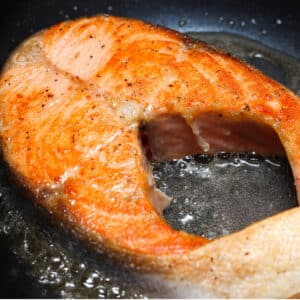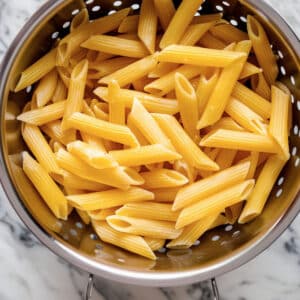I have had a few lemon disasters earlier on in my cooking career. Much as I love the scent and flavor of lemon, if you overdo it, it takes over.
So, over the years, I have learned some very effective ways of dealing with a lemon overdose, and I would like to share them with you.
After you've read what I have to say, not only will you, too, be able to rescue yourself from a lemon catastrophe, you'll know how to avoid getting into a mess in the first place. Interested? Please read on.
The one piece of advice I hand out to all new cooks is to err on the conservative side when adding seasoning to any dish.
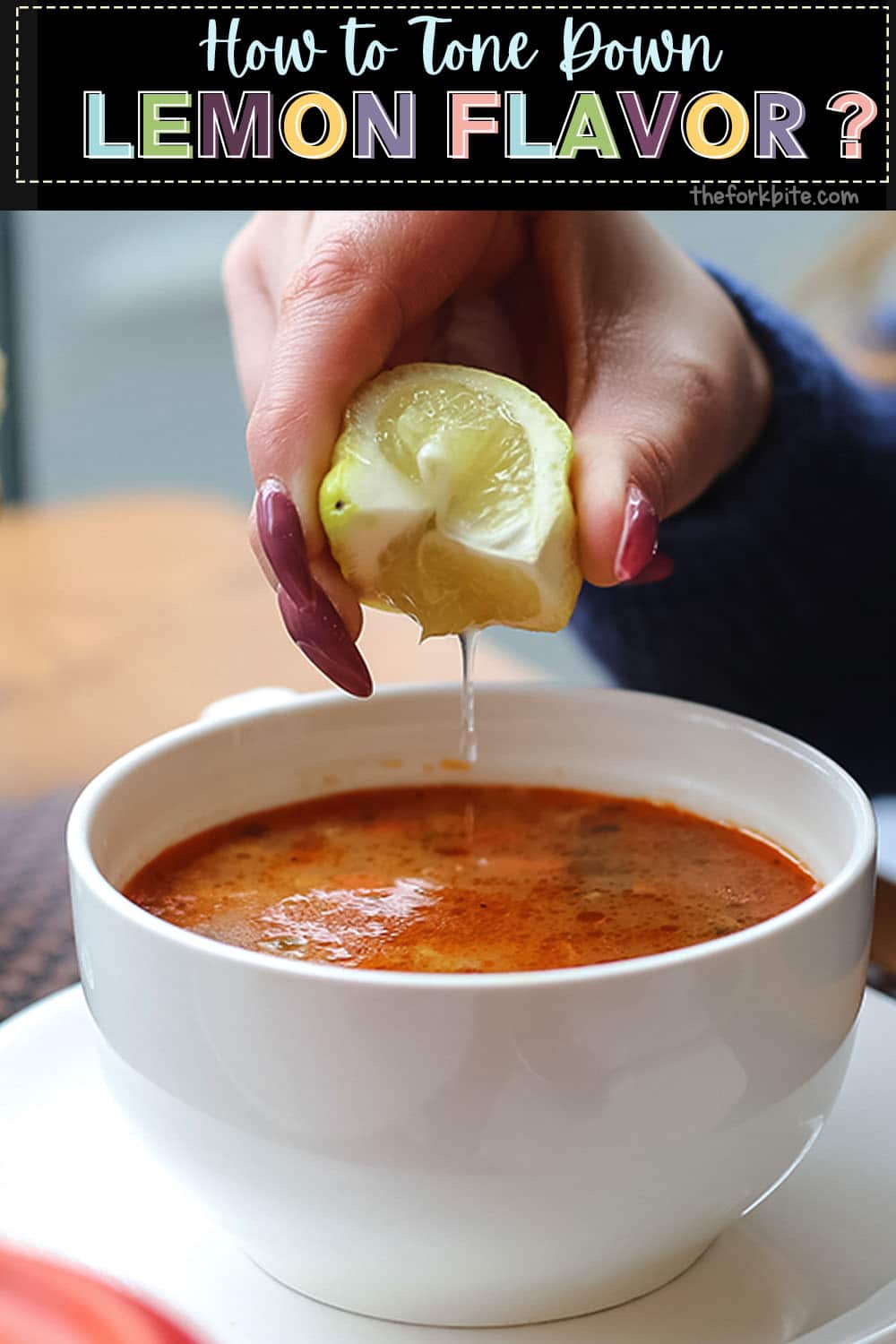
You can always add more if needed, but if you overdo it in the first place, it can be very difficult, if not impossible, to remedy.
Lemon, in particular, will readily dominate all other flavors if you add too much, so I am happy to share my lemon downturns with you.
But first - here's what to do if you've backed yourself into a corner by over-lemonizing, and you have little or no time before serving.
Quick emergency fixes
Try adding a little baking soda. It can neutralize excess acidity. Add it in the ratio of ¼ of a teaspoon per one cup of liquid.
Alternatively, you can add other things like cheese (if making a sauce), honey, or sugar, but these add a different taste to boot flavors. Baking soda is relatively tasteless.
How to cut lemon flavor
If you accidentally add too much lemon juice to a dish, it can end up making it taste too sour. You can get away with it on things like lemon-flavored puddings when it is often a case of the more, the merrier.
But with savory dishes, in particular, too much lemon flavor can really change the taste balance.
Once added, you can't get rid of lemon, but you can balance it with other flavors. Something sweet, for example, can work well, particularly with sauces.
The sweet flavorings you can try include honey, maple syrup, and of course, sugar.
Read: How to Get Rid of Bitter Lime Taste
How to tone down lemon flavor.
- Neutralize the citric acid of the lemon
- Use something to hide the taste
- You can try and dilute it down
1 Using baking soda as an acid neutralizer
Baking soda, known alternatively as Bicarbonate of Soda, is unbelievably versatile.
Perfect for making fluffy mashed potatoes, add it to onions to speed up the caramelization, or use it to make great pretzels.
As well as using it to neutralize the acidity of lemon, it has myriad other uses, too, many of them quite surprising.

How baking soda works
Bicarbonate of Soda (the chemical name for Baking Soda - or NaHCO3 for you chemistry buffs) is an alkali. It measures 9 on the pH scale.
Here's a good read if you want more clarification of what pH measures and the chemical definitions of acids and bases.
Mixing it with lemon juice neutralizes the juice's acidity, taking its sourness away.
Rather than being alkalis, lemon juice and vinegar are acids, and they measure 2 on the pH scale. Tasting these is a mouth-puckering experience and not one you want in food, except in small doses.
But baking soda is the ideal antidote. In fact, Bicarbonate soda was used as an antacid for an upset tummy in the past.
Note:
When can you use baking soda to fix acidic foods?
Take the situation where you've added a little too much vinegar or lemon juice to a salad dressing or a marinade, or even cooked tomatoes and you've ended up with the sort of acidic taste that makes you squeeze your eyes closed—baking soda to the rescue.
However, you only need to add a little baking soda to counteract an over-acidic taste. If you add too much, you will end up with a somewhat soft, rather weird-tasting dish or sauce. Adding just a tad will tone the acidity down nicely.
I've seen some comments on Reddit that suggest first adding sugar or even a little grated carrot or a few raisins because both have high sugar content.
However, I've found that adding sugar can accentuate the acidic tang unless you add lots of it. The problem is if you do that, you often end up altering the taste balance and ruining the dish altogether.
How much baking soda should I add?
When I did my original research into using baking soda to tone down the amount of lemon added, I checked out the Chowhound website. Many users had mixed opinions on using this baking soda fix. Some liked it, and some didn't.
They also emphasize that you only need to use a smidgen if you go down the baking soda route. Don't worry about the foaming; you will see when you add it. It's simply the chemical reaction of the alkali damping down the acidity.
What happens when you add baking soda
If you sprinkle some baking soda onto the surface of a sauce, soup, or stew, you'll notice that it will bubble up in the same way as when you add white vinegar.
However, after a couple of seconds, the chemical reaction caused by baking soda ends, and the bubbles disappear. This is the time to taste-test to see whether or not it's cured the problem. If not, all you need to do is add a little more.
Providing you don't go over the top, baking soda will not leave any residual taste in your dish. Just remember to add it slowly, a little at a time, and mix it in well.
So next time you over-lemonize something, this is the trick to try.
My lemon tea experiment
I once tried making lemon tea by adding two tablespoons of lemon juice to around six ounces of iced tea. When I tasted it, it made me wince.
I experimented by adding ⅛ teaspoon of baking soda, stirring it in well. It worked. The taste of lemon was still there but nowhere near as fierce as it once was.
I usually finish off my lemon tea by adding a little honey, and I found that after adding a small pinch of baking soda.
I didn't need to add as much honey as I otherwise would have to make it palatable.
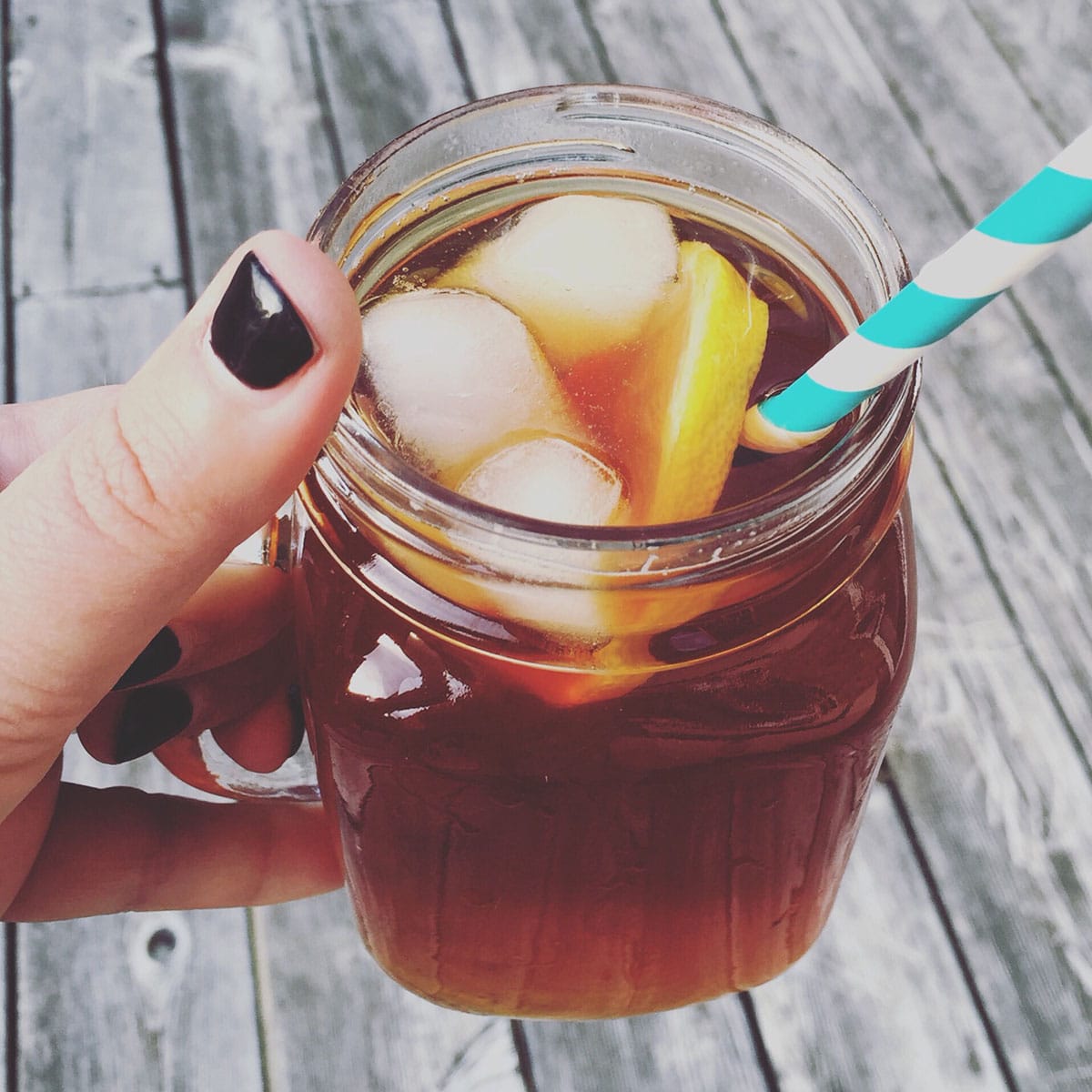
My conclusion on my experiment
I found that the best result was to add just enough baking soda to bring the taste of lemon down to a comfortable level.
Perhaps I could have added more, but it was certainly a case of less is more for me. However, I suggest you carry out your own experiments to find out what works best for you.
2 Adding sugar to disguise too much lemon flavor
For many people, adding sugar is the first thing that comes to mind when the sauce of a dish has been over-lemonized.
It can work quite well, but it does depend on two things
- what type of sweetener you are adding
- type of dish to which you're adding it.
The go-to sweeteners for most people tend to be honey and sugar. Some also use maple syrup.
We will look at when and where you can use sugar and how to go about it.
Before you do anything, however, taste the dish or sauce again to be completely aware of just how tart it is.
The acceptable level of lemon taste is down to the individual.
But by adding a little sugar at a time, you've got a better chance of getting the degree of the lemon taste to your satisfaction.
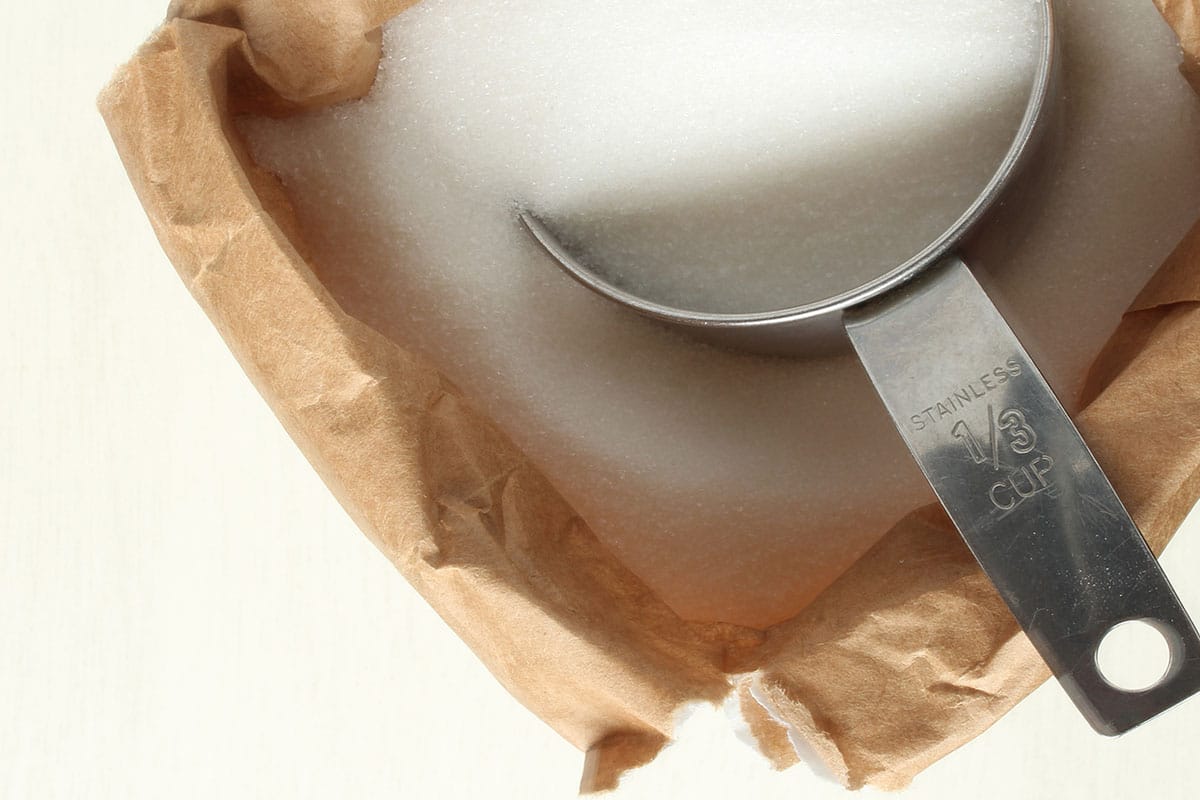
Which sweetener to use?
When deciding which is the best sweetener to use, you need to consider the structure and the overall taste of the dish.
If the dish you're preparing is hot or is structured like a sauce, the best sweeteners include honey or granulated sugar. Both of these melt nicely in hot dishes.
However, if your dish is cold, granulated sugar won't work without a lot of time and effort to get it to dissolve.
In this instance, your best bet is to use a liquid-type sweetener such as honey or maple syrup or sugar in a liquidized form.
How much sugar do you need?
If you don't want to end up with a dish that tastes too sweet, you need to take care when adding a sweetener to neutralize the strong taste of lemon.
- To begin with, add approximately half as much sweetener as the amount of lemon you initially used.
- Stir it in well and taste-test.
- If it is still a little too tart, continue to gradually add the sweetener.
- Taste at each stage until you get the lemon taste down to an acceptable level without over-sweetening the dish.
Unfortunately, even though you have modified the level of the lemon taste, you might find that the dish tastes a little strange.
It's hardly surprising, bearing in mind that you have added a taste element that wasn't called for. Hopefully, however, you'll find that the dish will be a lot more edible.
For sauces and soups, in particular, honey is probably the best way of countering too much lemon.
As I said before, the final taste of the dish may be a little different from what you expected. You have to remember that sweet and sour are opposites and that getting the blend right requires trial and error.
Remember, the golden rule is adding any sweetener a little at a time, distributing it properly, then re-tasting the dish.
What makes sugar and honey good options
As mentioned above, sugar works best in hot dishes, while honey is preferred for cold dishes.
Adding sugar doesn't get rid of any acidity, but it does alter the perceived level of the amount of lemon. And if you get it right, you will end up with a delicious tasting dish.
3 Fats can be the answer to too much lemon flavor.
You might not think it at first, but you can use certain fats to tone down excess acid or lemon flavor.
The sort of fats we are talking about is cream and cheese, both of which can counteract the sourness of lemon.
The type of fat you use should depend on the nature of the dish.
For example, adding cheese to a pasta dish that is too lemony works well.
The fat contained in the cheese will soak up some of the acidity, giving the dish a more rounded flavor. My favorite cheese in this sort of situation is Parmesan. However, you may have your own preference.
When talking about salad dressing with a high intensity of lemon, olive oil could be the answer. Olive oil contains fat which can help balance out the acidity of the lemon. It's also a great tasting condiment, primarily if you use extra virgin olive oil.
Other fat products are cream, crème fraîche, sour cream, and yogurt.
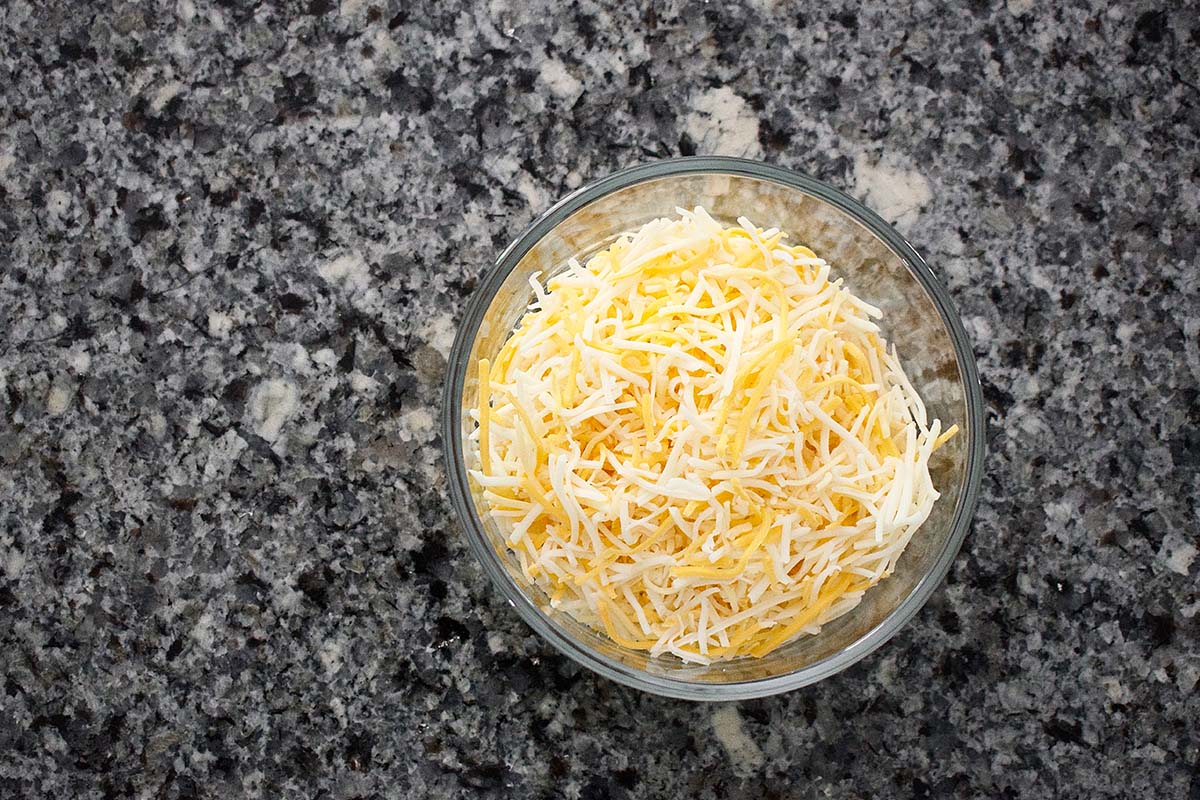
4 Adding starch
Certain starchy foods like rice can also help to disguise an excess of lemon flavoring. It can be tipped into soups or stews that taste too strongly of lemon, as can other starchy foodstuffs such as beans, lentils, and potatoes.
What happens is that the starch takes away some of the lemon acidity and in its place gives the dish less strong but delicious alternative flavors.
The only thing you have to consider is that adding this type of starch is likely to change the texture of the dish. If you add lots of beans or potatoes, you could end up with a relatively thick consistency.
If you want to avoid this, you can always add more liquid to the dish using stock or water.
This type of fix is not instant, however. It works best when you add starchy foods during the process of cooking. It means there's enough time for the beans, potatoes, or whatever, to absorb the liquid and, therefore, the acidity.
Tip:
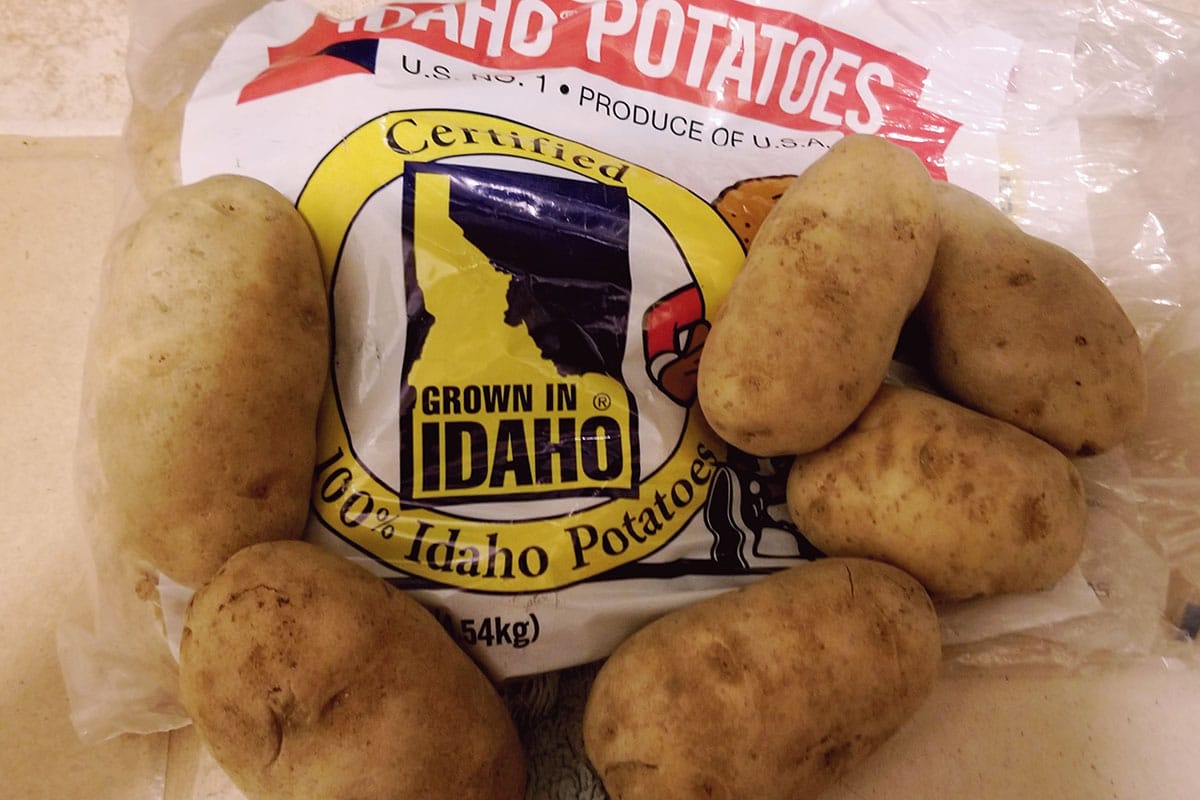
5 Reduce the lemon flavor by diluting
When cooking sauce or soup, you always have the option of damping down the lemon flavor by adding some extra ingredients.
For example, you can add more stock, water, or oil. Just bear in mind that the more water you add, the more you will dilute the overall flavor.
If you don't reduce the liquid, you will end up with more sauce or soup, and you can always store any access for another occasion. It's a win-win.
You can also use this option with mayonnaise. Once made, the emulsion is quite stable.
You can then add additional oil to cut through the lemon, and if necessary, add a little more water to create the right consistency.
As already mentioned, if you add more water, you are likely to dilute the overall flavor.
Still, you can remedy this by adding more herbs and spices to recreate the original flavor.

Adding lemon without disturbing the balance of the flavor
When you add lemon to a casserole, soup or stew can maximize another dimension to the flavor. Its tart saltiness can bring the taste of the other ingredients into the spotlight.
In the same way that adding vinaigrette to a salad or putting some pickle on a burger, adding a squeeze of lemon juice brightens up the flavor.
Try adding it at the end of the cooking time, just before serving. It works brilliantly because it's so fresh.
However, you need to add it with care. Overdo it, and you could ruin the dish.
1 Add a squeeze of lemon after plating.
There is another way of experiencing the fresh brightness that lemon juice can bring to a dish, and that is by adding it just after you've plated.
Quarter a lemon and serve a piece separately on the side or the underplate of a bowl.
If you add lemon juice to a soup and then cook it, it will lose its tanginess and might even become bitter to the taste.
When added to green vegetables once plated, you'll find that lemon juice enhances the flavor of the vegetable and freshens up its color.
So, remember; don't squeeze your lemon into the pan and cook it;
Instead, add it directly into individual bowls of soup immediately before serving. Or you can serve wedges alongside the dish and encourage your guests to squeeze their own.
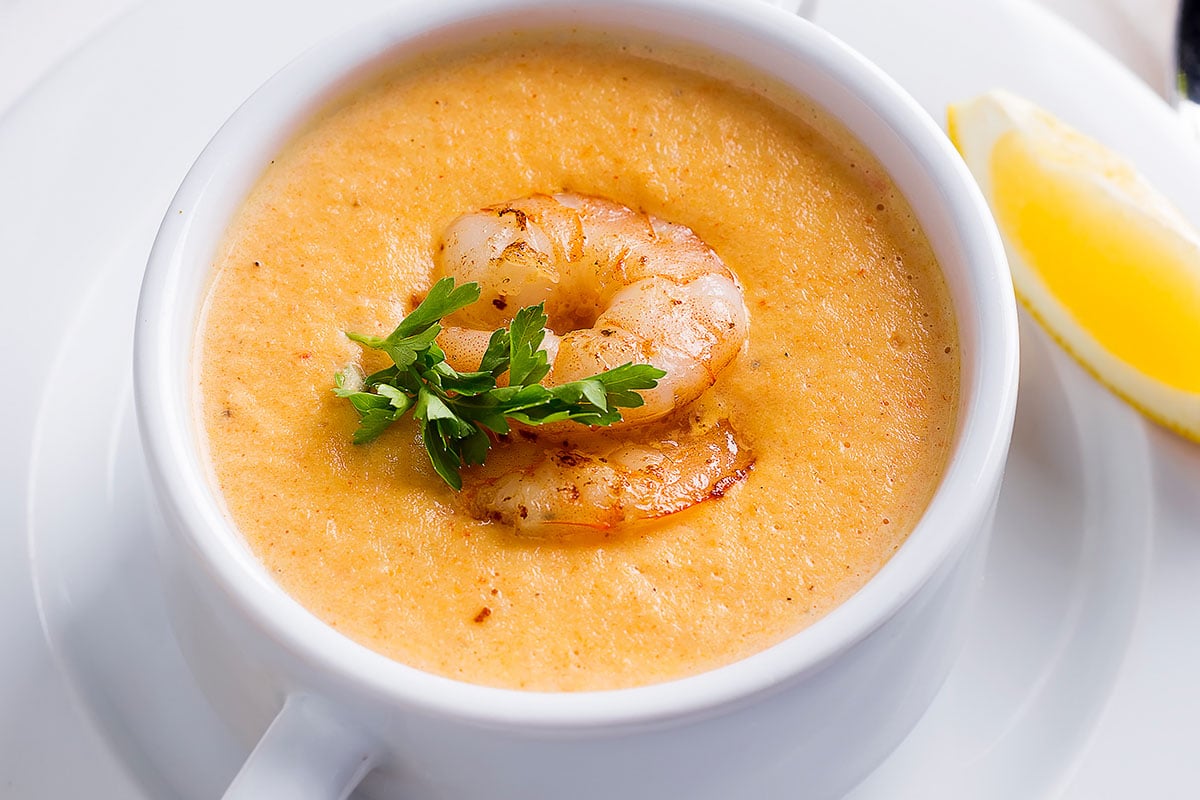
2 Less is more
Lemon juice has a powerful flavor, and if you add too much, it will become the dominant taste. Remember that everyone's tastes are different.
What is too lemony for one person's pallet might not carry enough lemon flavor to someone else's taste.
That's why it's best to add a little at a time, and if necessary, even allow your guests to do their own squeezing once the dish has been served.
As you will appreciate, adding lemon juice is much easier if there isn't enough but more difficult to counteract if you overdo it.
And remember, if you do have to try and damp down the lemon flavor, you could also change the taste balance of the dish depending on what you use and how much of it you add.
So even when following a recipe, I urge you to stay on the safe side and add a little less. You can always add a little more, a little at a time, to get the taste of the dish just right.
Do it right, and you won't end up having to try and rescue the dish at the last minute.
3 Try using lemon zest instead of lemon juice.
There's more than one way to skin a cat or impart lemon flavor to a dish. You have the choice of using either lemon juice or lemon zest.
Most people immediately decide to use the juice as it's simpler and less washing up. However, in many instances, using zest rather than juice works best. Some people use both.
You'll find that the lemon zest has a beautiful lemon taste and aroma without any of the tartness. The acidity is in the juice and not in the skin.
So, next time your cooking recipe calls up lemon juice, try using lemon zest instead. I guarantee you will notice the difference.
The dish will still have a hint of lemon, but it won't have the sourness that often accompanies lemon juice.
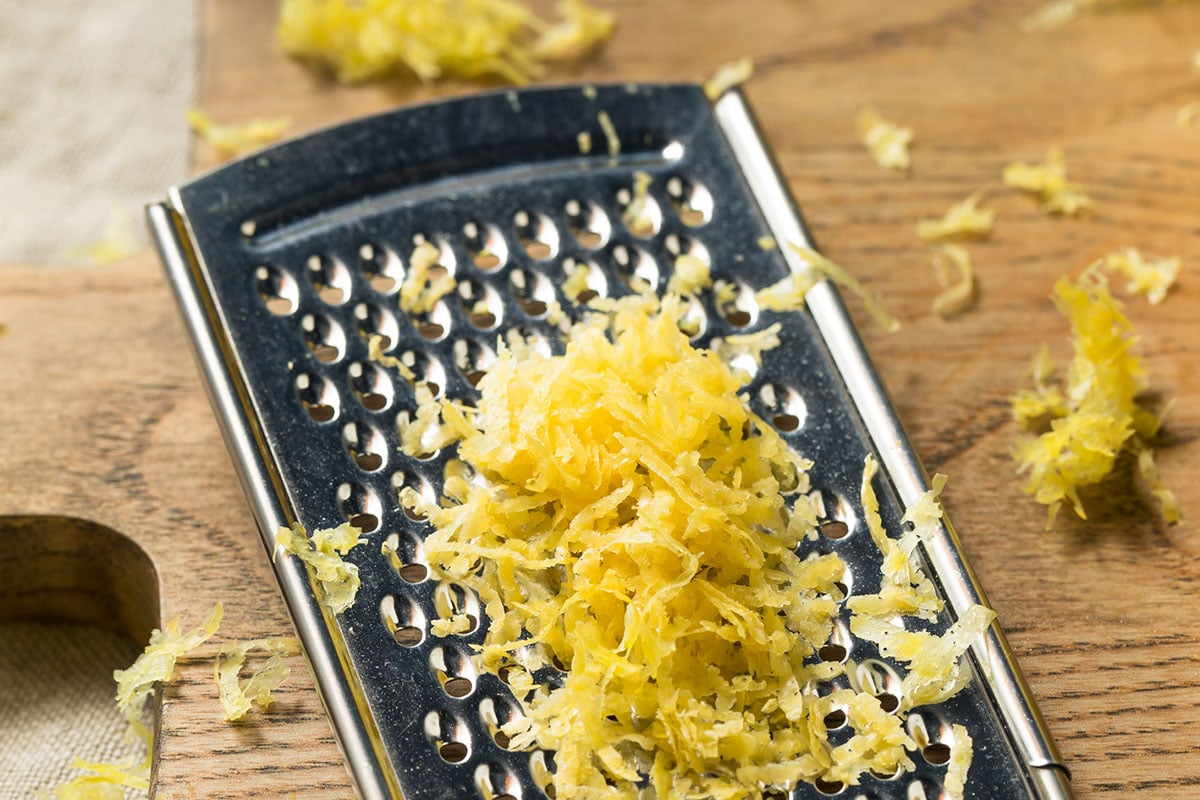
4 Go for fresh lemon juice rather than bottled.
A lot of people use bottled lemon juice rather than fresh. I recommend always using fresh. Why?
First of all, it's because fresh lemon juice, when just squeezed, hasn't had the chance to oxidize. The other thing is that store-bought bottled lemon juice contains preservatives.
You'll get a much cleaner, brighter taste from fresh lemon juice every time.
When would I use a lemon vs a lime?
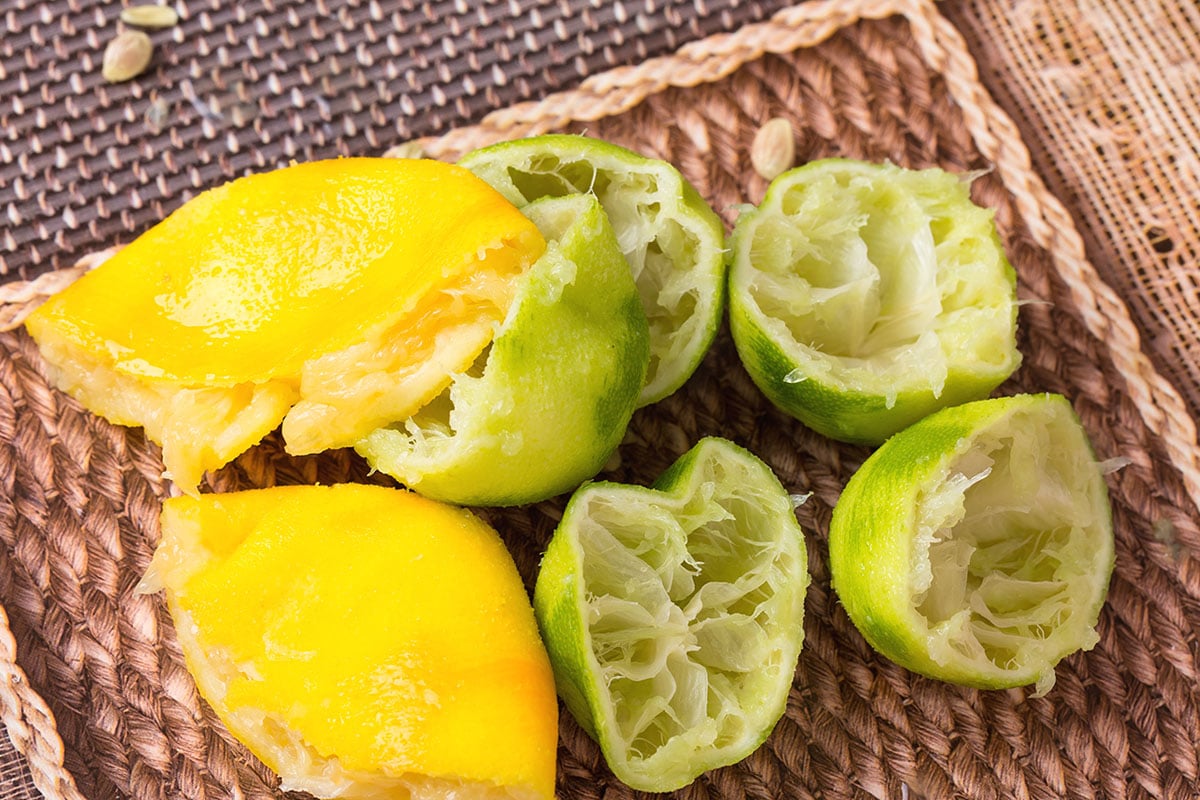
Though they are genetically different but closely related, lemon and limes are categorically belong to citrus fruits.
When it comes to flavors, these two have similar tartness and could easily give you a puckered expression if eaten. However, lemon tends to be slightly sweeter; in contrast, limes taste more bitter in flavor.
Regardless, it all depends on individual perception and taste, where limes are categorized as sourer than lemons, possibly because of their bitterness.
In terms of culinary uses, lemon and limes are comparable according to the dish's flavor profile.
Considering the bitter flavor of limes, they are kept in reserved for savory dishes. At the same time, lemons are used in a comprehensive application belonging to the category that is savory and sweet dishes.
Though this is not a hard and fast rule, there are always exceptions to the norm.

